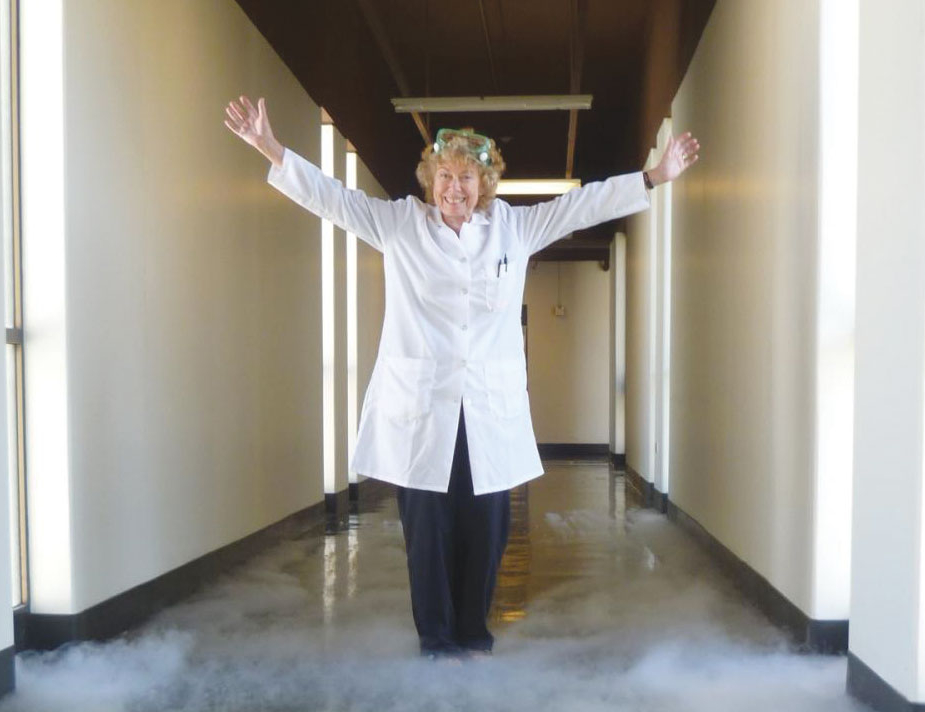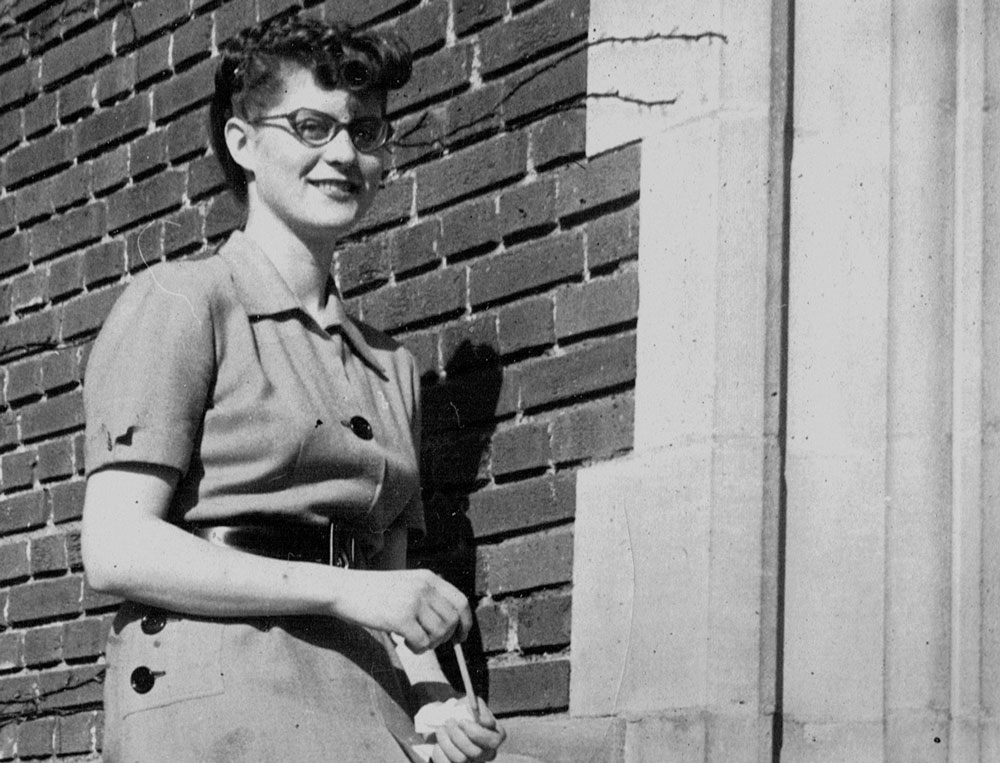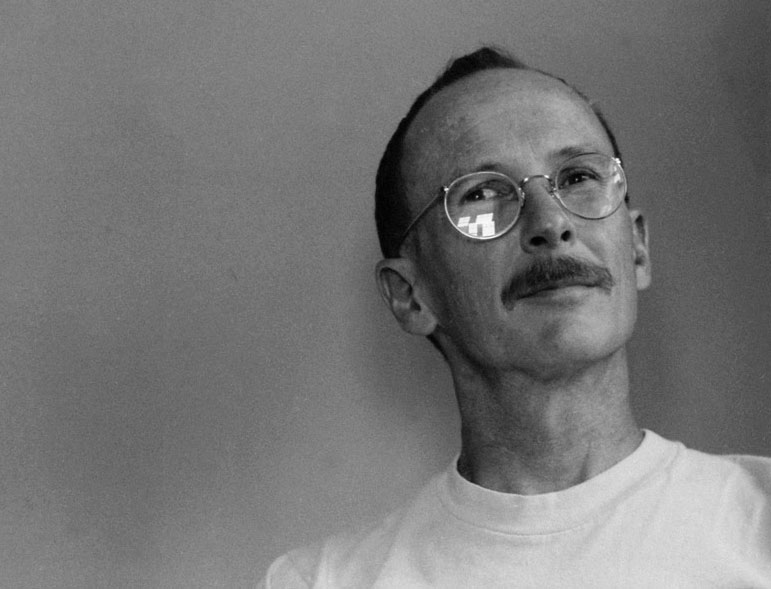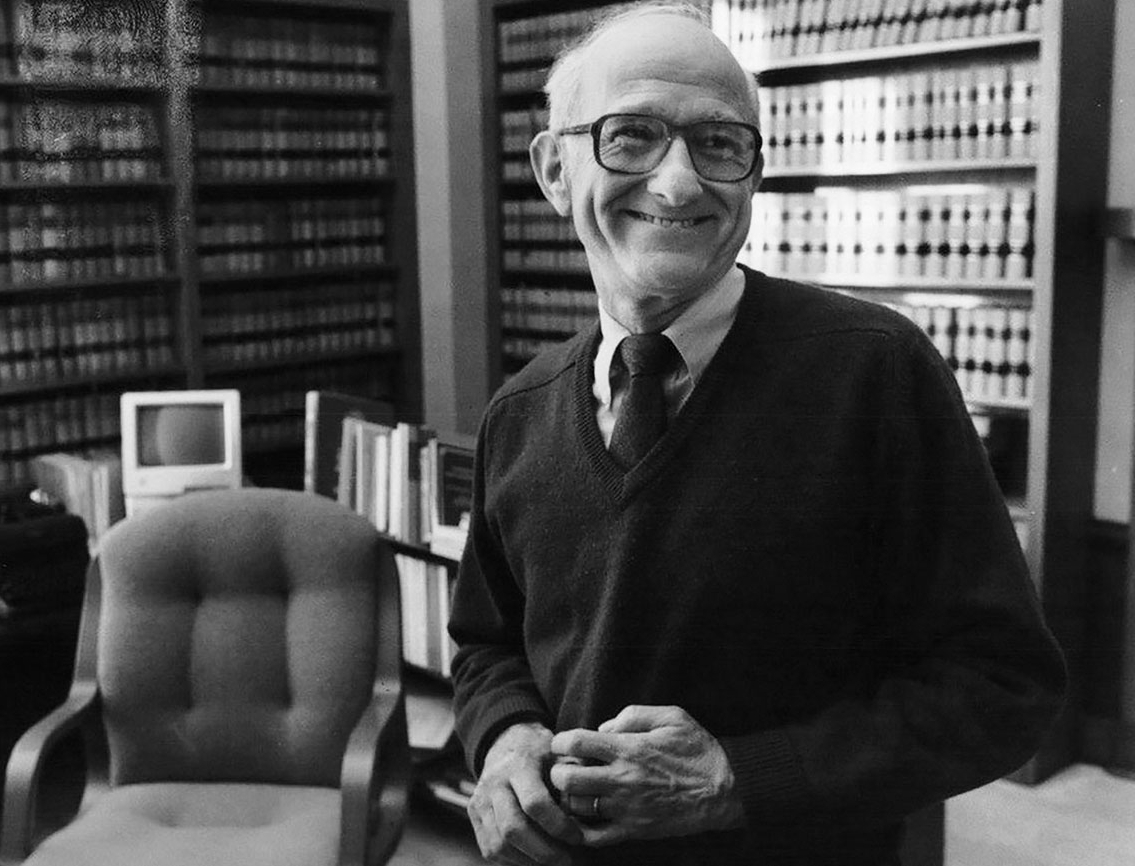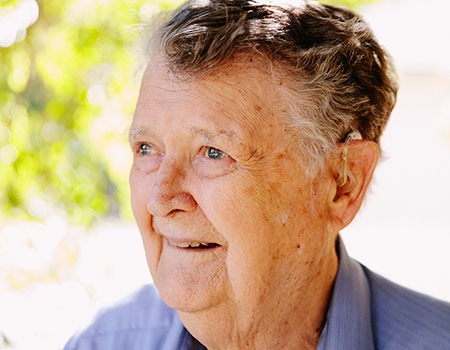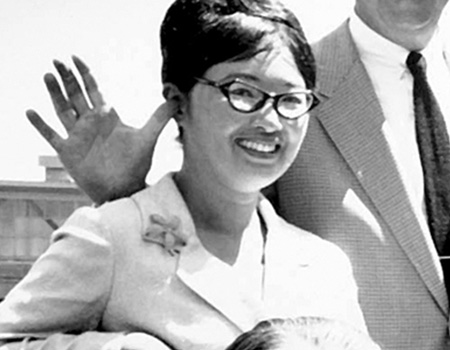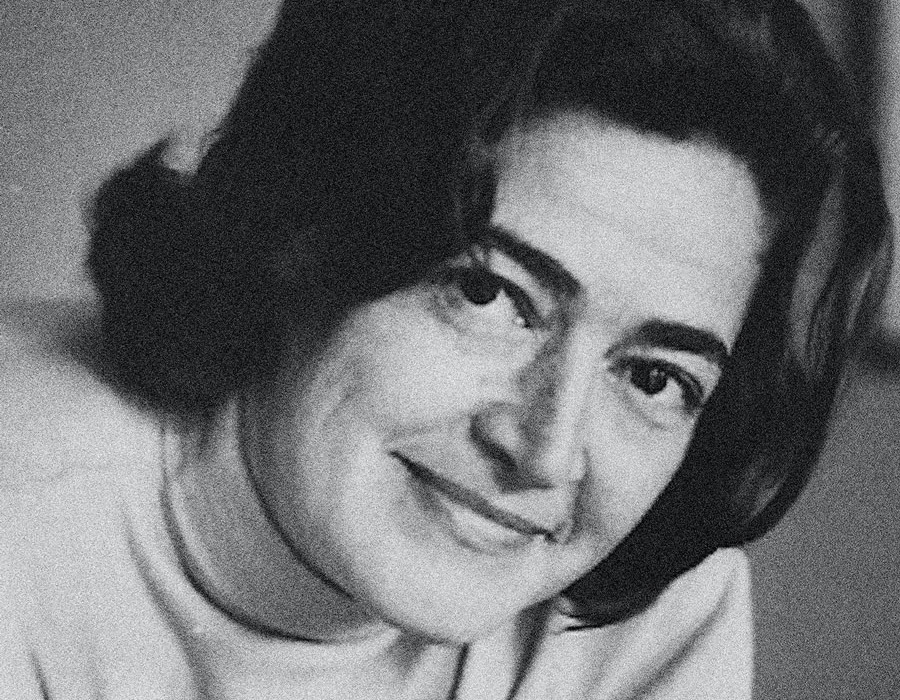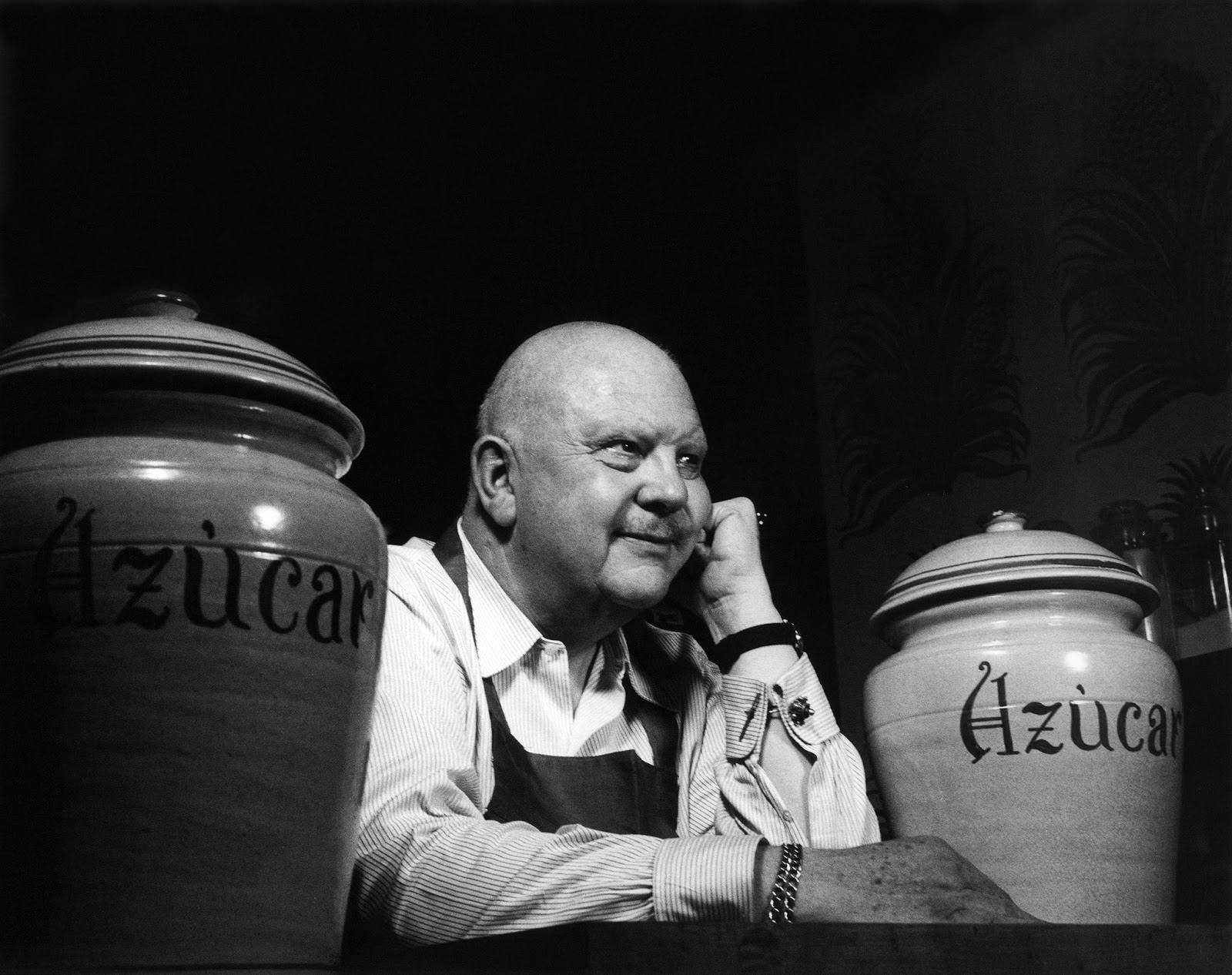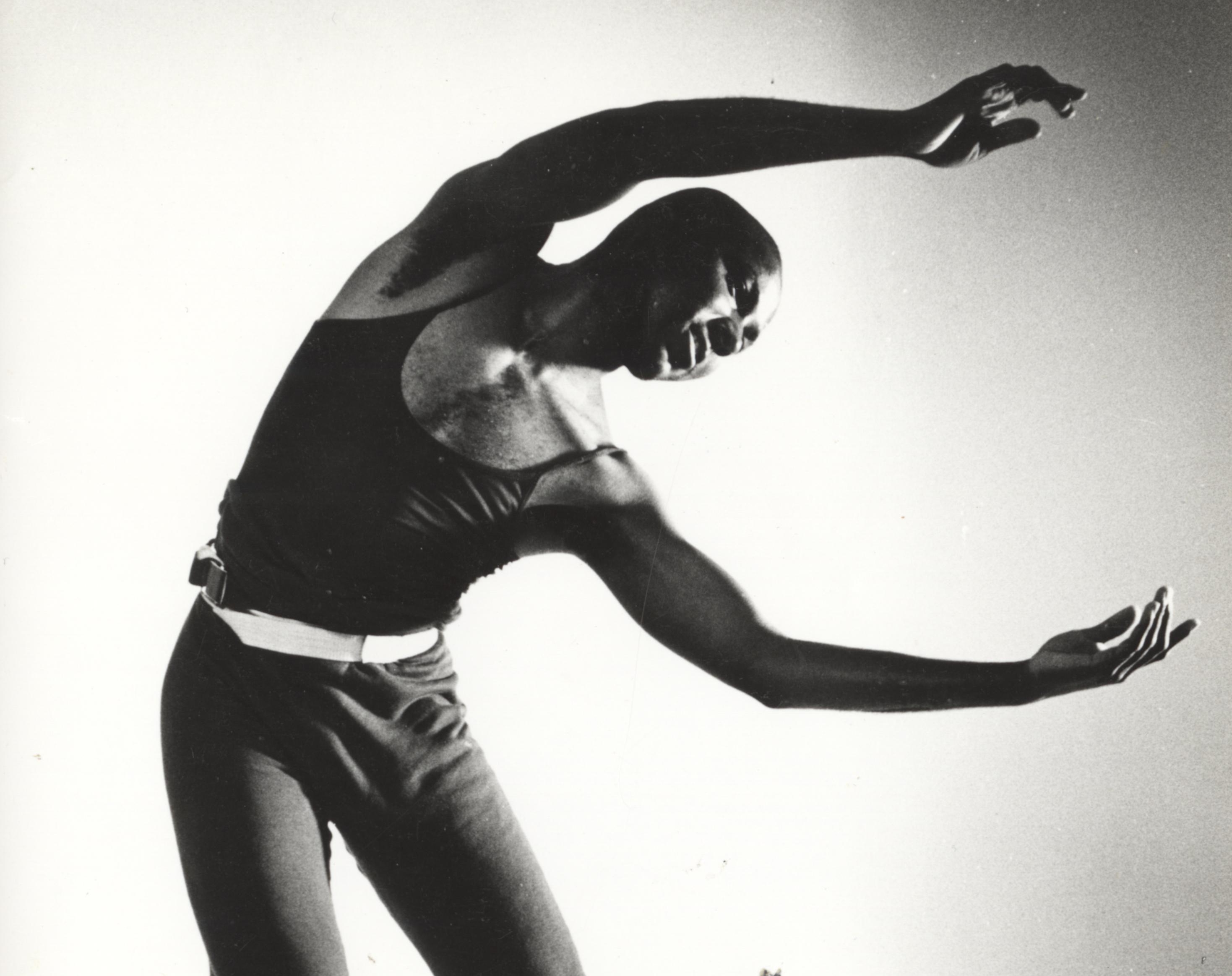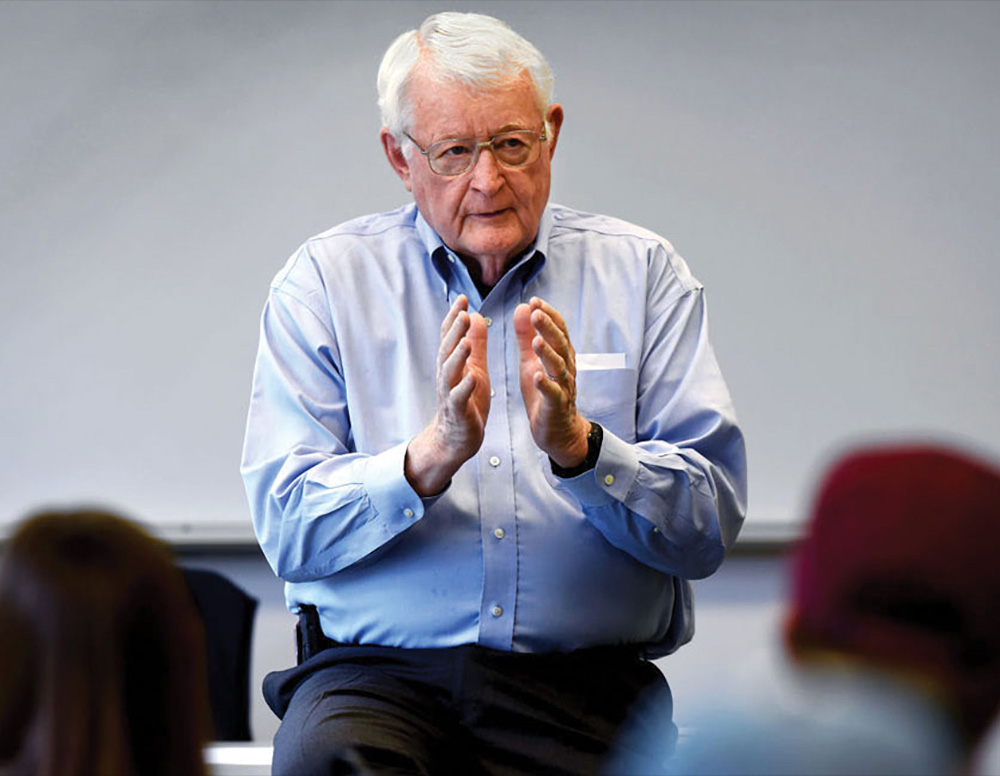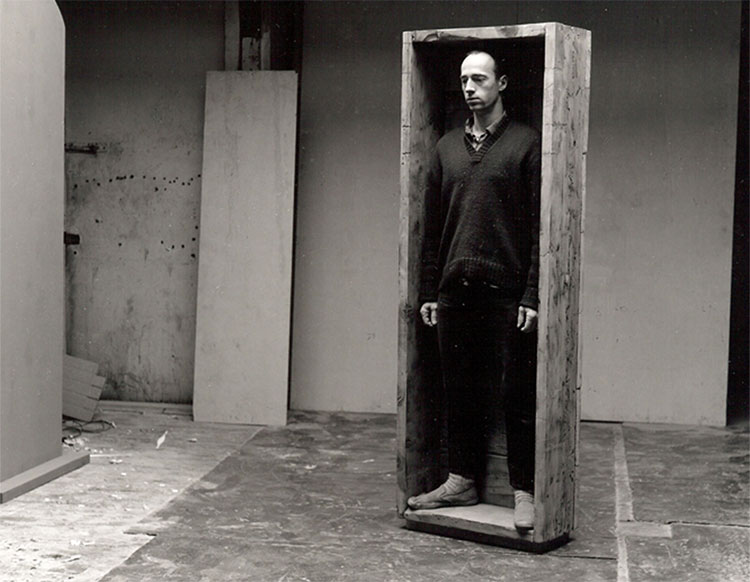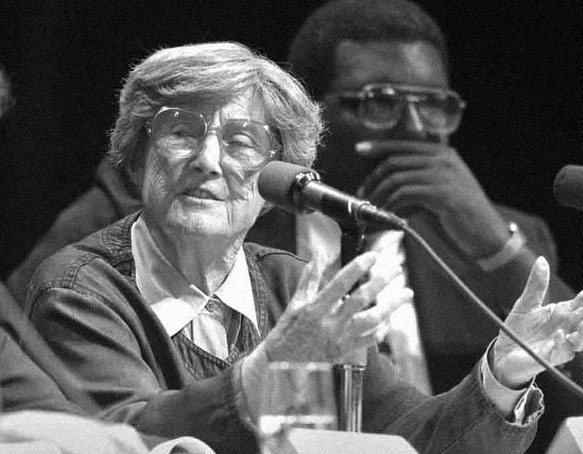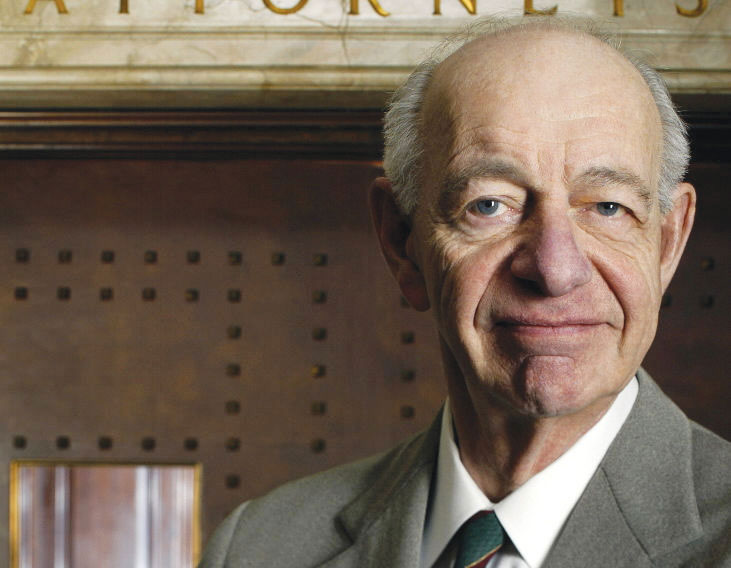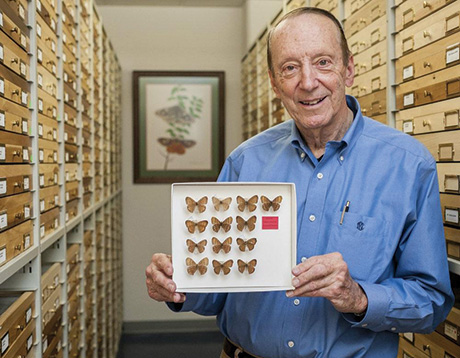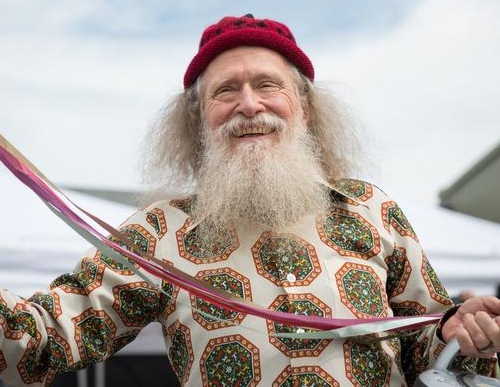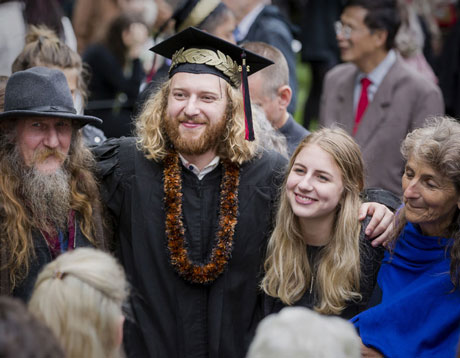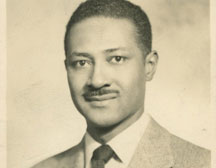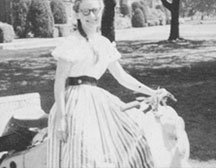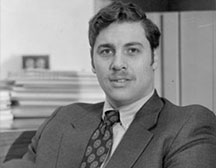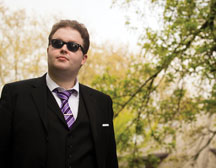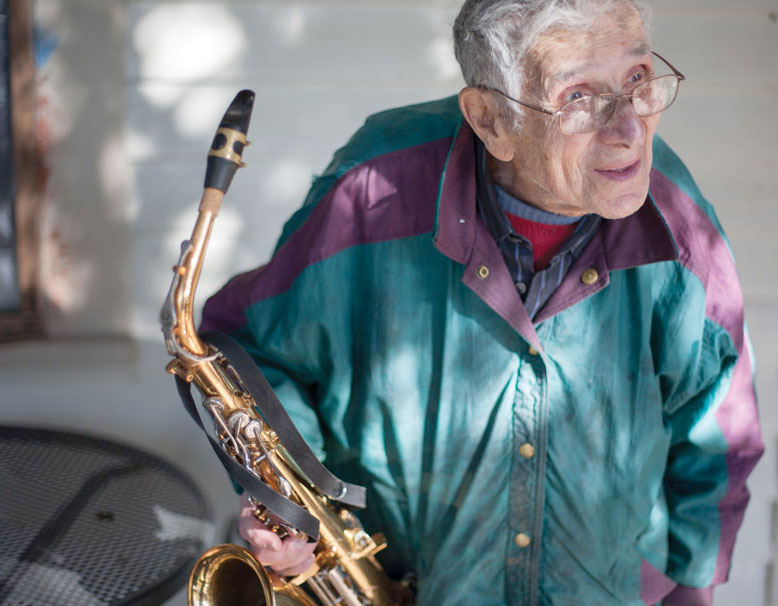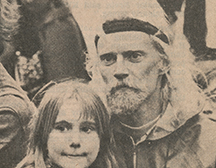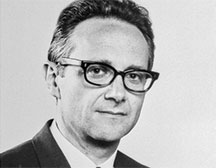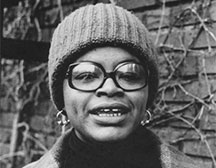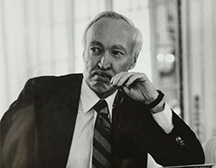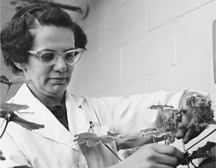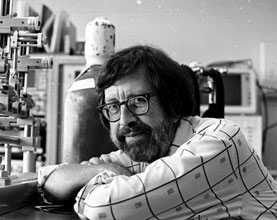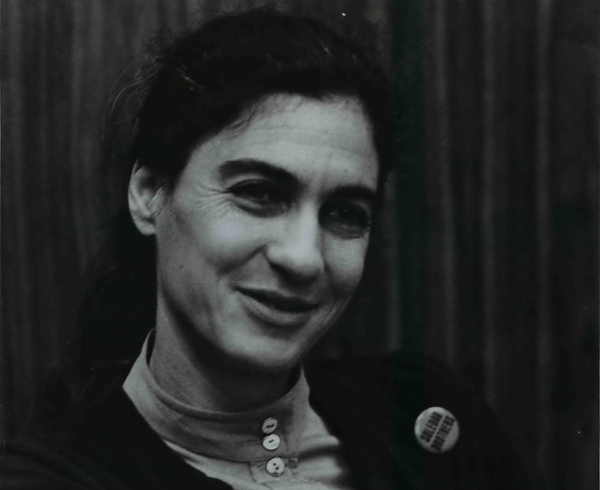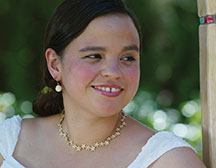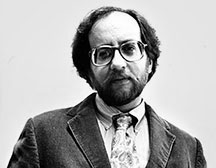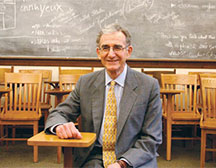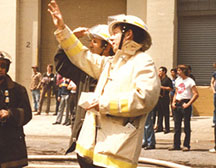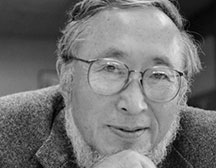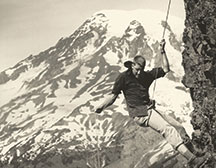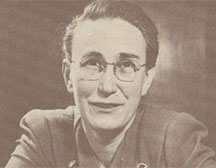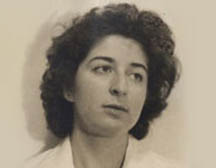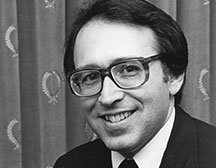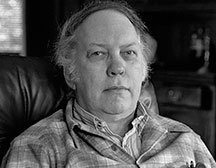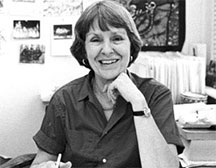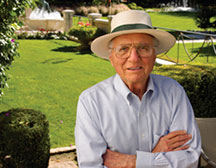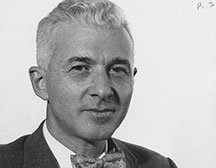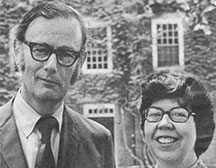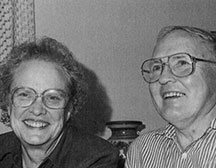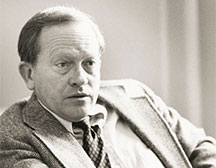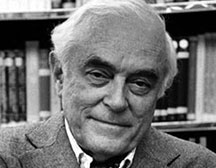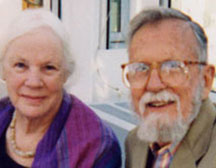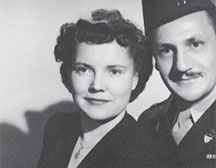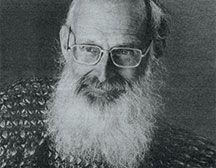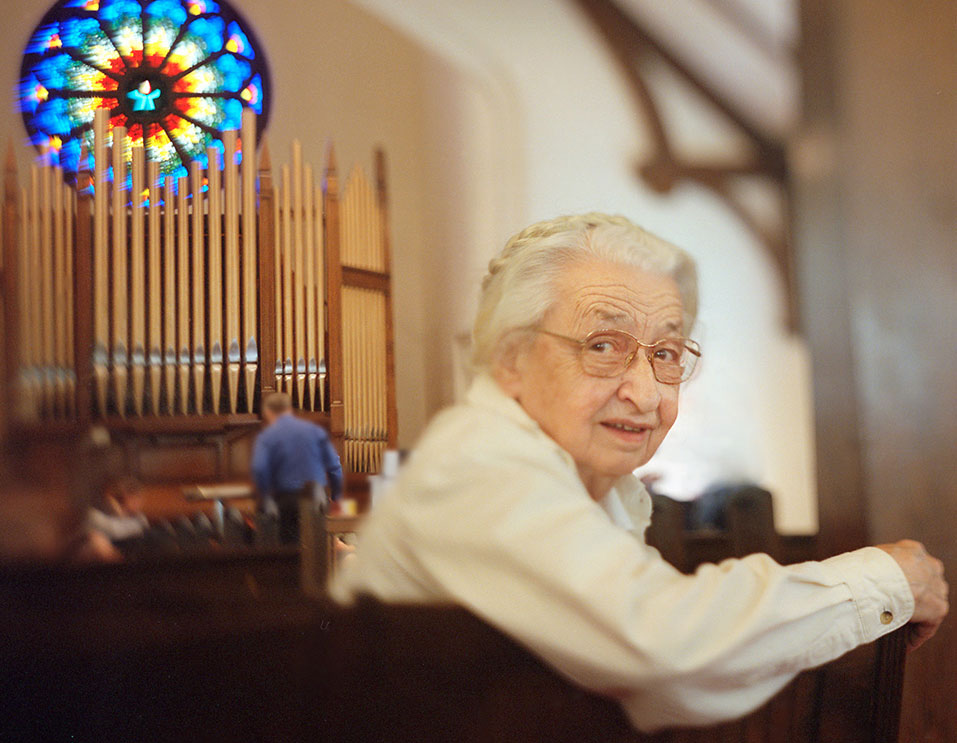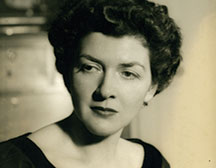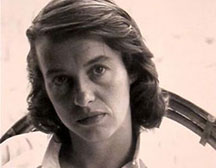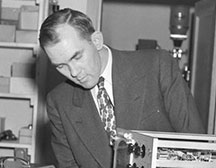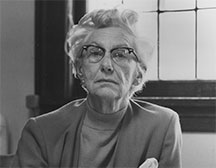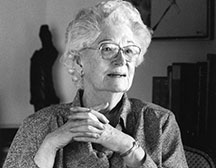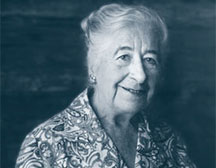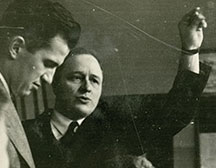Blacklisted During McCarthy Era, Photojournalist Covered Turbulent ’60s
Phiz Mezey ’48
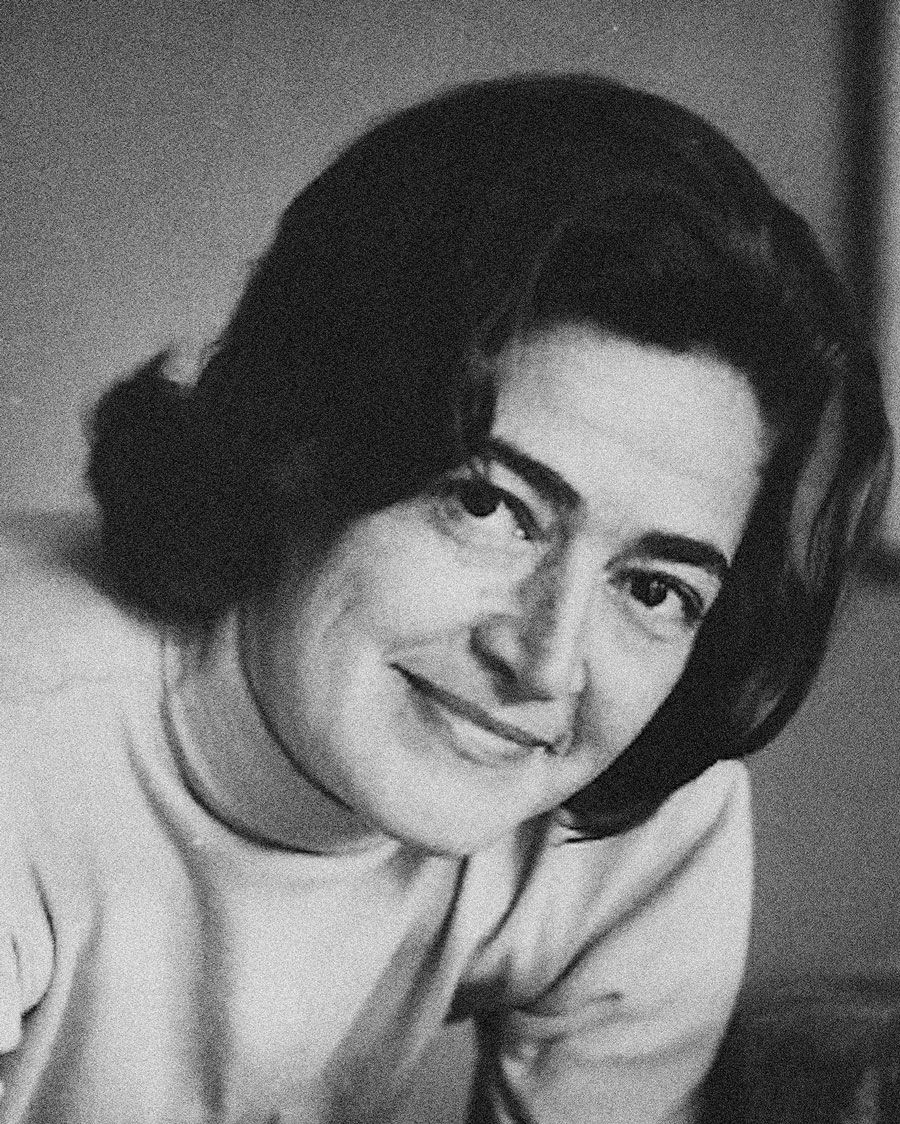
May 10, 2020, in San Francisco, California.
Social justice, strong will, independent spirit, and curiosity drove Phiz’s remarkable career as a journalist, photographer, writer, and teacher.
Born in Harlem, New York, she grew up in the Bronx. By her early teens, her interests in writing and photography were already developing. At the age of 16, she wrote for Irish Echo, an Irish American weekly newspaper. A few years later, during World War II, the Office of War Information hired her to write columns on labor and the Far East. She then came to Reed, studied with Prof. Lloyd Reynolds [art and English 1929–69], and earned a bachelor’s degree in literature.
After moving to San Francisco to pursue a career as a journalist, Phiz took an interest in Harry Bridges, the influential labor leader who was head of the International Longshore and Warehouse Union, which at the time was on strike. She landed a position teaching journalism at San Francisco State College (now SFSU). In 1950, she was dismissed after refusing to sign the loyalty oath required by the Levering Act, a law enacted by California requiring state employees to subscribe to an oath that specifically disavowed radical beliefs. Until the Levering Act was deemed unconstitutional, she and other faculty resisters were blacklisted for more than 15 years.
During this period, Phiz turned to photography. “I discovered that as a freelance photographer, one could be her own boss,” she said.
Having started out as a photo-essayist, she began to concentrate on portraits. Phiz was acclaimed for her portraits of prominent personalities like Martin Luther King Jr., James Baldwin, and Jimi Hendrix, which appeared in Time, Collier’s, and other publications. In addition to portraits, she documented the changing landscapes of San Francisco and chronicled political events and conflicts. Wherever she went, she took her camera in hopes of capturing the moment. Her photos of the lengthy 1968–69 San Francisco State University student strike—in which protesters demanded more minority representation—were filled with action and detail, capturing police marching with clubs, strikers being beaten, and a demonstrator talking through a bullhorn.
“I enjoy being on the outside looking in,” she said. “I love being on the inside, sharing the experience.”
Phiz earned an MA and a PhD from SFSU in 1971. In 1978, she was reinstated as faculty at SFSU in the educational technology department; she was promoted to full professor in 1981. She retired from teaching in 1990.
A contributing editor of Darkroom Photography Magazine, she was also a photography instructor at San Francisco City College and a media specialist for the Sausalito Teacher Education Project. As a freelance journalist, she wrote for the Nation, the New Republic, the New York Times, and Aperture.
Phiz authored three books, including Something That’s Happening (1968), about the desegregation of the Sausalito School District, which featured her photos and words by the schoolchildren. She received a San Francisco Foundation grant for one book and a research grant from the National Endowment for the Humanities. Her photos, which she developed and printed, were exhibited at museums and galleries worldwide, including the de Young Museum, SF MOMA, Focus Gallery, and New York’s Witkin and Danziger galleries. We Live Here, her final solo show at the San Francisco Public Library in 2013, focused on San Francisco in the 1960s and 1970s.
As a single mother raising two daughters, Phiz maintained her professional activities and love of photography. She enjoyed backpacking in the Sierras, gardening, and caring for her deck full of succulents. In her 60s, she joined a masters swim team; she swam until her early 80s. She also did weekly walks (along with her beloved dog, Carina) with a group of politically minded old friends who called themselves the Fort Point Gang.
In her last 11 years, she lived at the Carlisle, a retirement community, where she made many new friends, including the staff who cared for her lovingly. She is survived by her daughters, Rachel Mozesson and Judi Mozesson.
Appeared in Reed magazine: September 2020

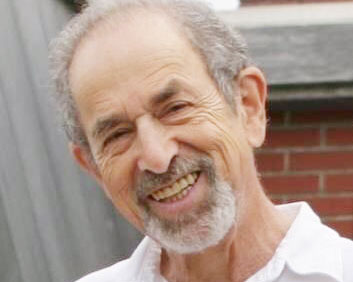
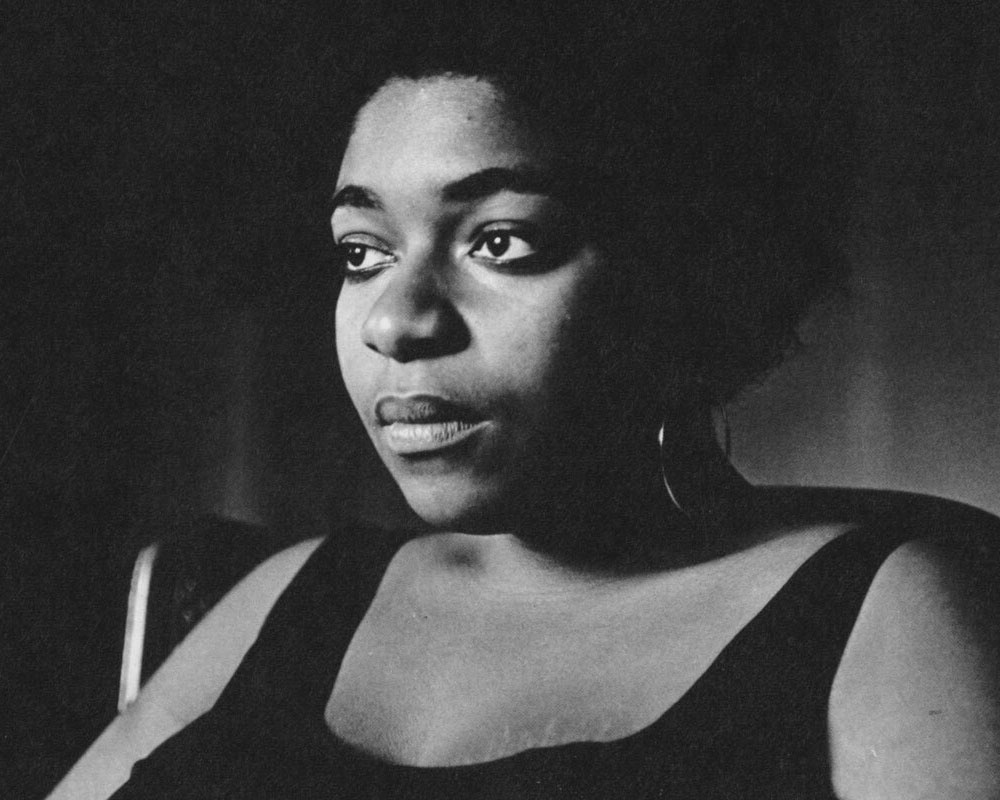
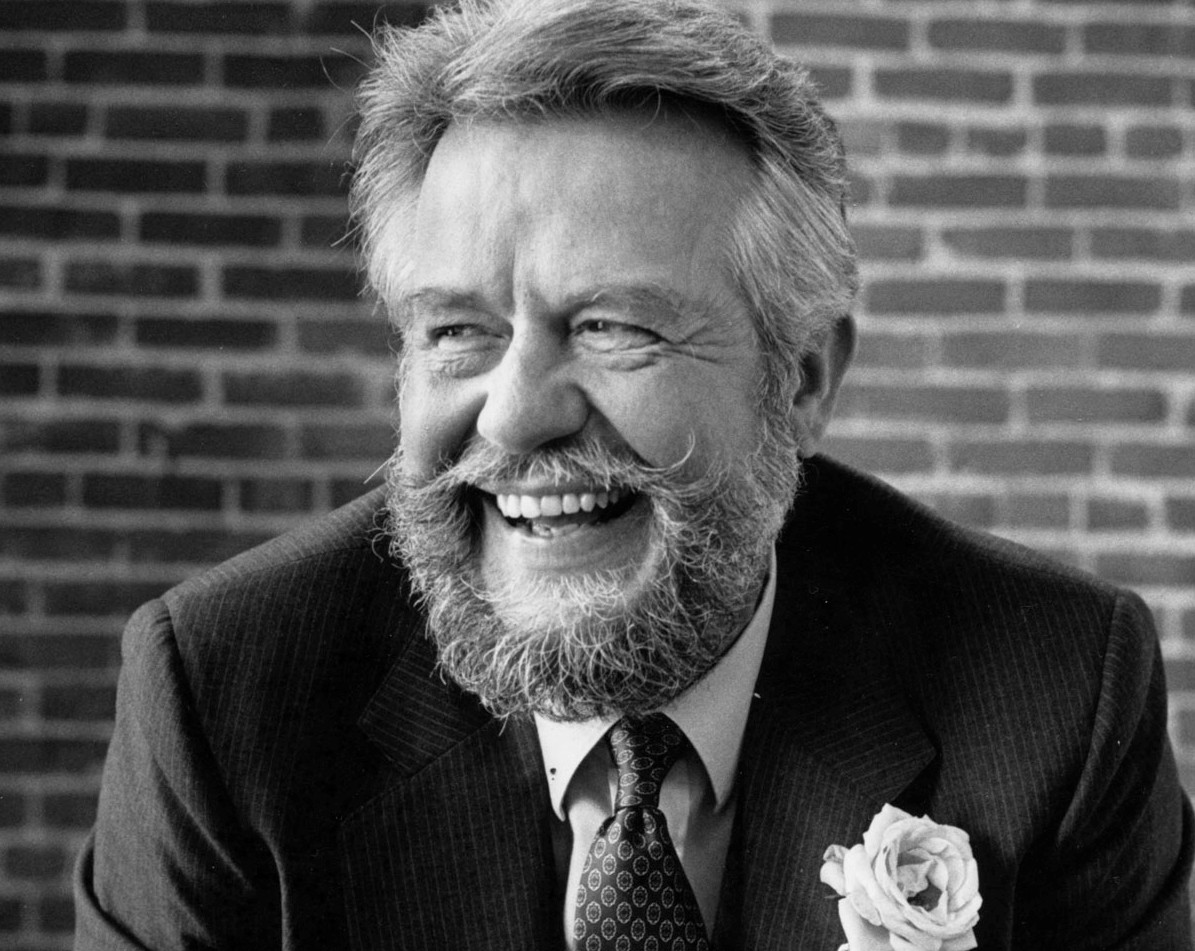
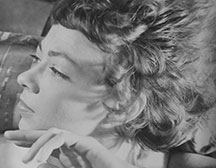
![Photo of Prof. Marvin Levich [philosophy 1953–94]](https://www.reed.edu/reed-magazine/in-memoriam/assets/images/2022/LTL-levich1.jpg)
![Photo of President Paul E. Bragdon [1971–88]](https://www.reed.edu/reed-magazine/in-memoriam/assets/images/2020/Bragdon.jpg)
![Photo of Prof. Edward Barton Segel [history 1973–2011]](https://www.reed.edu/reed-magazine/in-memoriam/assets/images/2020/Segel.jpg)
